Have you watched Lang Lang's concert videos? His performance looks absolutely effortless as if his fingers are aimlessly going over the key. But, you and I know the truth.
Playing the piano or even learning to play this instrument is everything but effortless. To begin with, it takes years of piano training and practicing to play a song with both hands without looking at the sheet music again and again.
On top of that, everything sounds so confusing–piano notes, chords, power chords, arpeggios, scales, etc. While clearing all the doubts isn't possible in a single day, let's take our first step.
Today, let me tell you how to play arpeggios on piano. But, before we do that, let's find out what it is.
What is Arpeggio in Piano Learning?
In piano learning, an arpeggio is when you play notes of a chord one at a time, following the order of the chord tones.
1. Difference Between Chord and Arpeggio
To understand what are arpeggios, you must know about chords. To learn about piano chords, go there. And, to learn about arpeggios, stay here with me.
Chords are basically when you play two or three notes at the same time. An arpeggio is when you take the same notes and play them one by one. For instance, in the A major chord, we have A, C#, and E.
You play these notes together, and there you have A major chord. However, if you play the note A first, next C#, and finally E, then congratulations! You've played A major arpeggio.
DID YOU KNOW?
An arpeggio is often called a broken chord because instead of playing all the notes of a chord together, you play them one at a time in sequence.
For example, if you take a C major chord (C–E–G) and play each note individually, either going up (C → E → G) or down (G → E → C), that’s an arpeggio.
Arpeggios are widely used in classical, pop, and jazz music to add movement and flow, making your playing sound more expressive and dynamic.
2. Difference Between Piano Scales and Arpeggios
After chords, people mostly confuse arpeggios with piano scales. What's the difference anyway? Well, you move from one note to the next while playing scales, but these notes still remain connected.
But, in the case of playing arpeggios, you jump from one note to another.
As a result, the notes sound separated and individual notes. For example, C major scale. So, while playing the C major scale, you need to play the following notes: C – D – E – F – G – A – B – C And, you play these ones after another with negligible time between them so that they remain connected. But, notes are separated from one another in arpeggios.
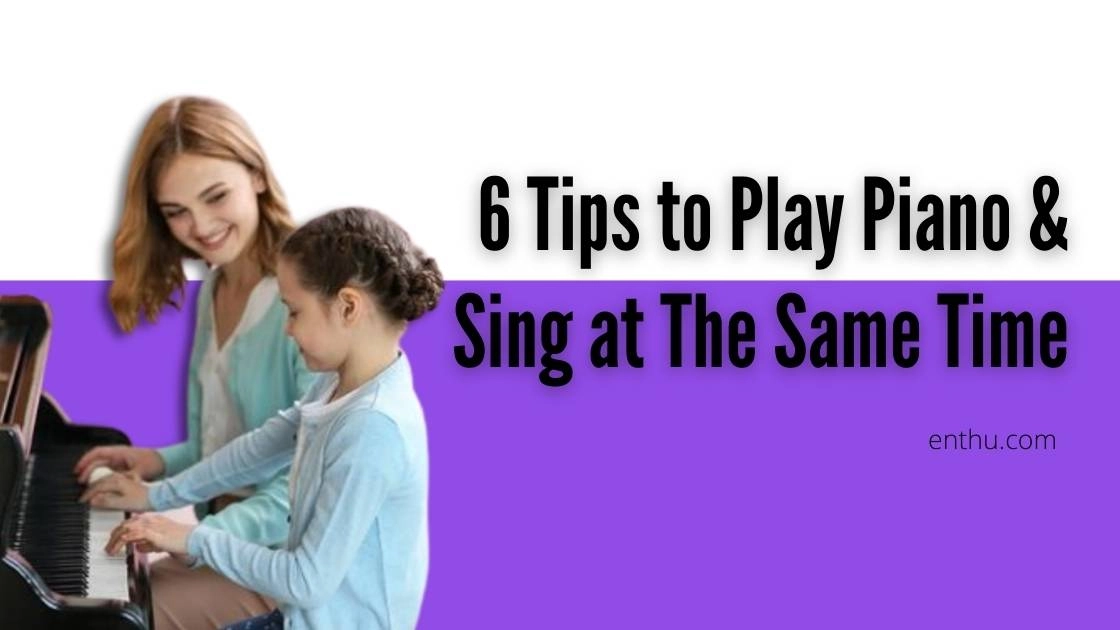
3. Comparison Table
Scales | Chords | Arpeggios | |
Notes | 7 notes | Two or more notes | Commonly 3 or 4. Can be more than 8. |
Example | C Major scale: C – D – E – F – G – A – B – C | C Major chord: C – E – G | C Major arpeggio: C – E – G - C |
Root Note | Play it at the starting and end of the scale. | Same | Same |
Types of Piano Arpeggios
Before jumping into types of arpeggios, let me tell you how many notes there are in an arpeggio. An arpeggio can have 3, 4, or more notes. Yep, an arpeggio can have 3, 4, or more notes.
In fact, there are one-octave arpeggios that have more than 8 notes. No matter how many notes there are in arpeggios, they are always made of (broken) chords.
Arpeggios with 3 notes can be divided into 5 types
Minor
Major
Augmented
Diminished
Dominated
1. Minor Arpeggios
Minor arpeggios in piano playing are based on three-note chords or triads.
The minor arpeggios are: C Minor arpeggio:
C, Eb G, C C#/Db Minor arpeggio: C#, E, G#, C# / Db, E, Ab, Db DMinor arpeggio: D, F, A, D D#/Eb Minor arpeggio: D#, F#, A#, D# / Eb, Gb, Bb, Eb E Minor arpeggio: E, G, B, E F Minor arpeggio: F, Ab, C, F F#/Gb Minor arpeggio: F#, A, C#, F# / Gb, A, Db, Gb G Minor arpeggio: G, Bb, D, G G#/Ab Minor arpeggio: G#, B, D#, G# / Ab, B, Eb, Ab A Minor arpeggio: A, C, E, A A#/Bb Minor arpeggio: A#, C#, E#, A# / Bb, Db, F, Bb B Minor arpeggio: B, D, F#, B
Wondering How to Count Piano Notes?
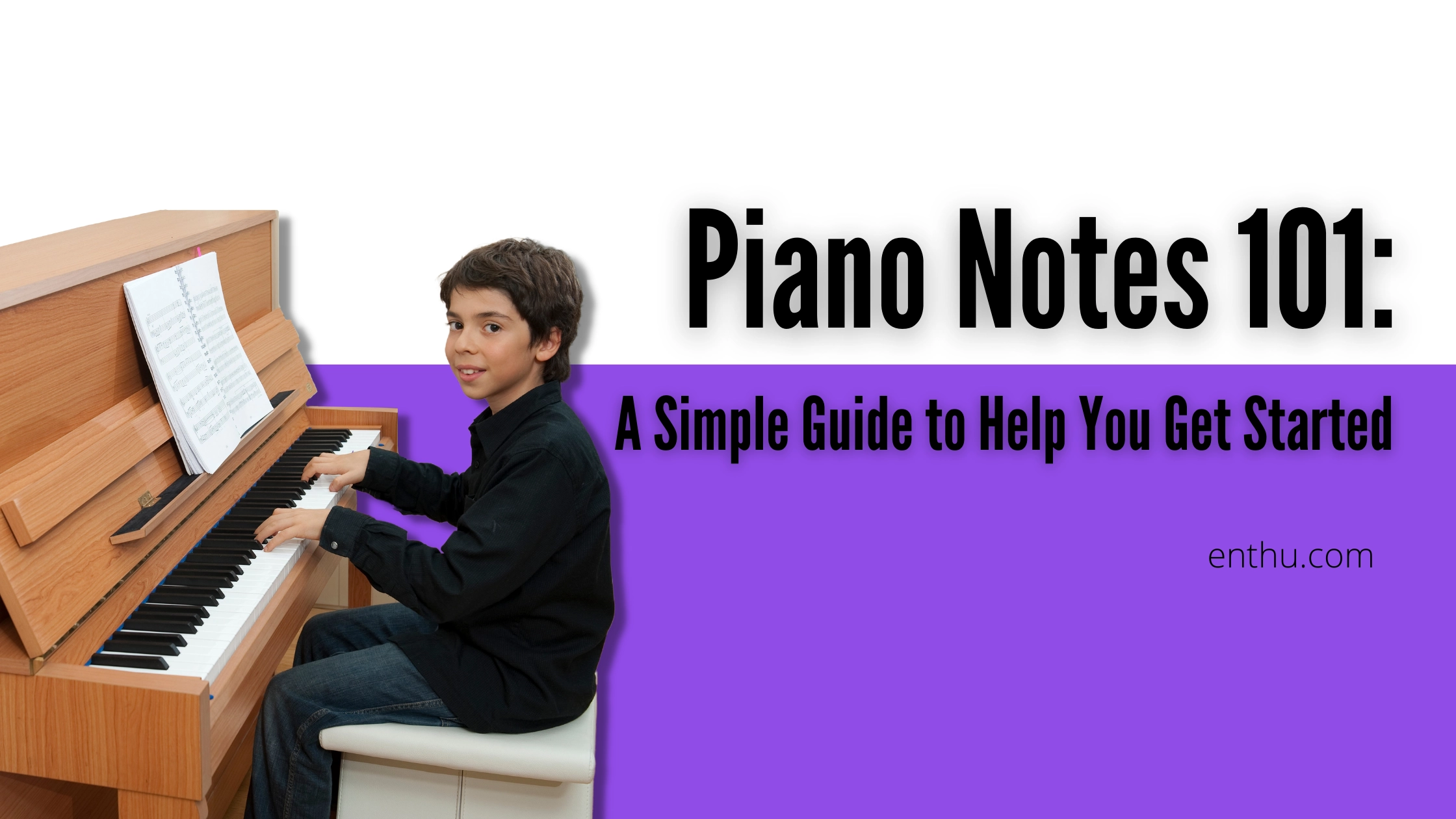
2. Major Arpeggios Like
Minor arpeggios, Major arpeggios are also triads. C Major arpeggio: C, E, G, C C#/Db Major arpeggio: C#, F, G#, C# / Db, F, Ab, Db D Major arpeggio: D, F#, A, D D#/Eb Major arpeggio: D#, F##, A#, D# / Eb, G, Bb, Eb E Major arpeggio: E, G#, B, E F Major arpeggio: F, A, C, F F#/Gb Major arpeggio: F#, A#, C#, F# / Gb, Bb, Db, Gb G Major arpeggio: G, B, D, G G#/Ab Major arpeggio: G#, B#, D#, G# / Ab, C, Eb, Ab A Major arpeggio: A, C#, E, A A#/Bb Major arpeggio: A#, C##, E#, A# / Bb, D, F, Bb B Major arpeggio: B, D#, F#, B
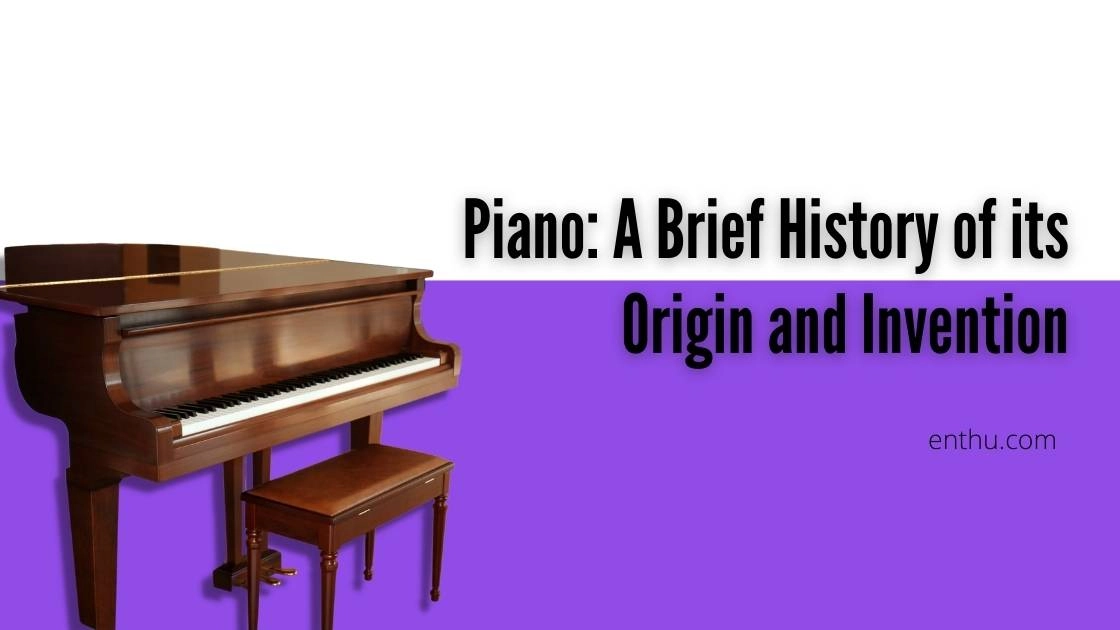
How to Play Piano Arpeggios?
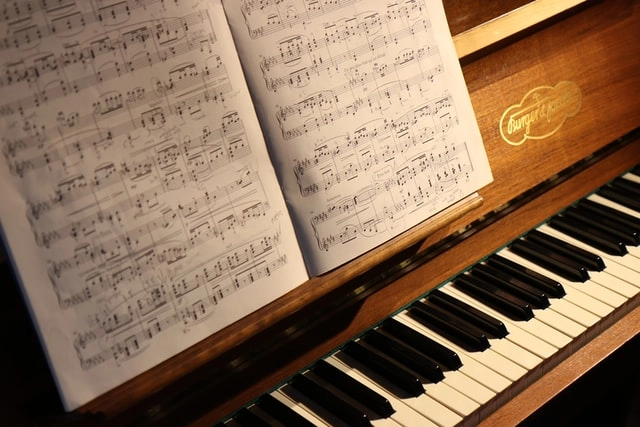
As you already know, an arpeggio uses 3 notes–the root, 3rd, and 5th of a chord. You begin with the root, then the third note, followed by the fifth note, and repeat the root note at the end.
Let's say you're playing C Major arpeggio. So, begin playing the root note C with your thumb, then the third note E with your index finger, followed by the fifth note G with the middle finger, and last, the root note once again with the pinky.
Thumb-index-middle-pinky
C - E - G - C Release each note as you touch the next one without breaking the continuity. Keep playing in this manner, and don't forget to use pinky while playing the high C.
Please note that your hands shouldn't be stretched too much but be relaxed throughout the practice session. Once you're done with the right hand, continue the same with the left hand.
For this, play C with your pinky, then E with the middle finger, G with the index finger, and end by playing the root note with your thumb.
I recommend budding pianists to practice arpeggios across the piano.
The finger pattern should be an index-middle-ring finger, then bring the thumb under your hand to reset your hand position and continue playing the arpeggio.
Suppose you are ascending and you want to stop the arpeggio pattern; just play the ending root note with your pinky.
Then, play the same pattern in descending order with your left hand. Let me provide quick tips on how to play arpeggio on piano.
Do you know what is Suzuki Piano Learning Method?
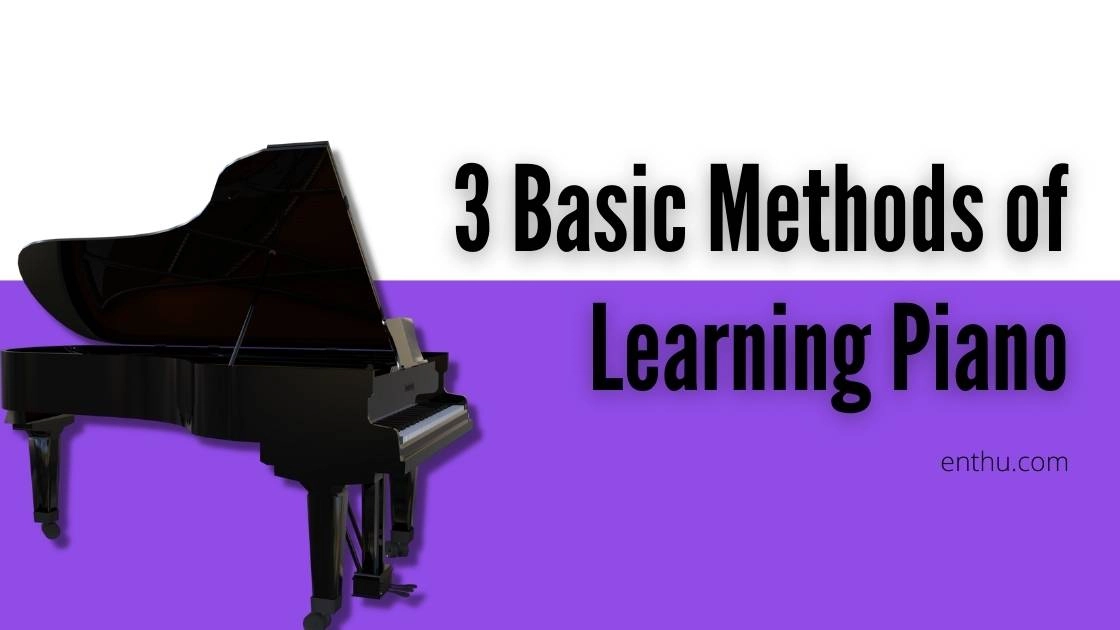
Tips to Play Arpeggios
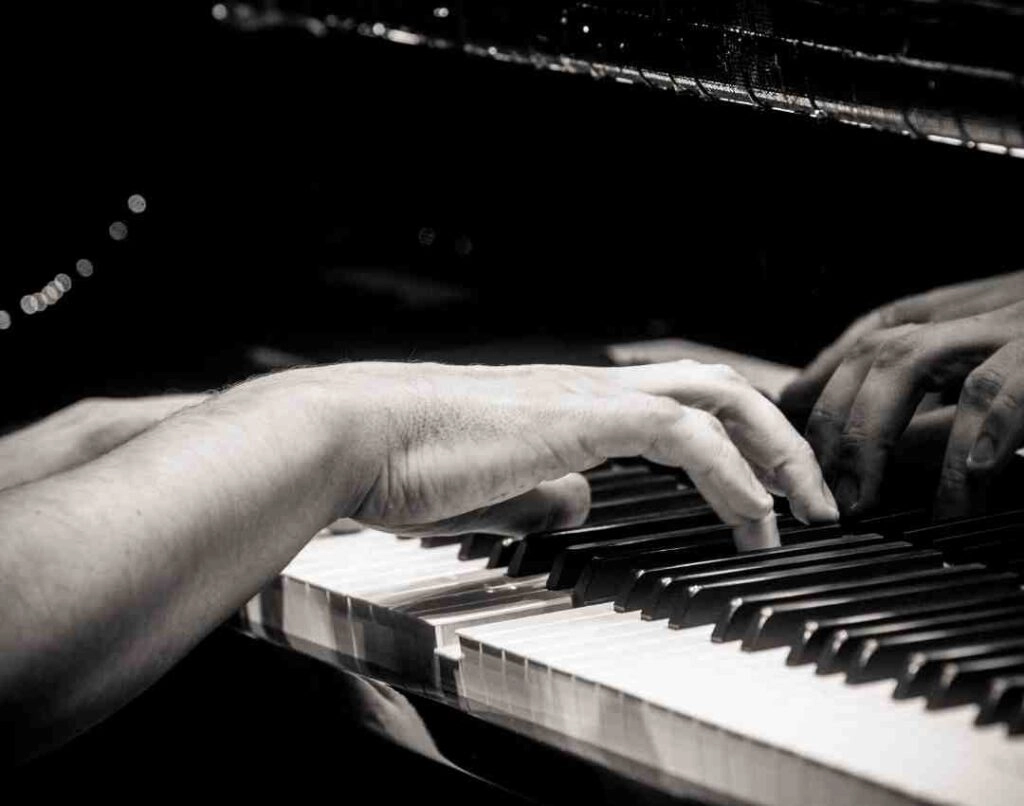
1. Follow the Fingering Pattern
Always follow the finger pattern that your piano instructor is suggesting. Without following the fingering, the music won't be as impactful as it can be.
So, please follow the set fingering pattern while playing arpeggios on keyboards and pianos.
2. Play One Hand at a Time
You might have heard the same tip while practicing scales. Sometimes, new learners become too passionate and try playing with both hands. Well, as much as I appreciate the zeal, I encourage learning systematically.
Learn to play the arpeggios first with the right hand, then with the left hand. When you think you can play with both hands individually, only then play arpeggios using both hands at the same time.
3. Practice Across the Keyboard
Practicing arpeggios is a very good habit, but if you don't play them across the piano, then the practice won't be as fruitful as you expect.
For instance, if you're trying to play A Minor arpeggio, then keep playing it on the keyboard.
4. Begin Slowly
Don't try to play like a piano expert on your first attempt. Give yourself some time. If you are new to playing arpeggios, try to play slowly. Remember to keep the tempo down initially and then increase it gradually. If needed, use a metronome.


Conclusion
Arpeggios are an essential part of your piano learning journey. It's hard to imagine, but arpeggios are pretty common. Begin with an arpeggio pattern per week.
Gradually increase your pace. After a month or two, try to master an arpeggio pattern a day. Trust me; if you keep doing this, your finger strength and reach will improve dramatically. With this, I bid you farewell! Until next time!
FAQs
1) How do you practice piano arpeggios?
Always practice piano arpeggios across the keyboard. If you're new at this, then first play one hand at a time. Once you are good with both hands individually, only then you can play with them together. Don't forget to follow the set fingering when practicing arpeggios on the piano.
2) What are notes in an arpeggio?
Arpeggios are broken chords. In simpler words, the notes present in a chord are the same in the arpeggios but played separately from one another.
3) What is the arpeggio scale?
There is nothing called an arpeggio scale. There are piano scales and piano arpeggios. Scales are an octave starting and ending with a root note. Similarly, arpeggios also begin and end with root notes. The only difference is that arpeggios are based on chords.


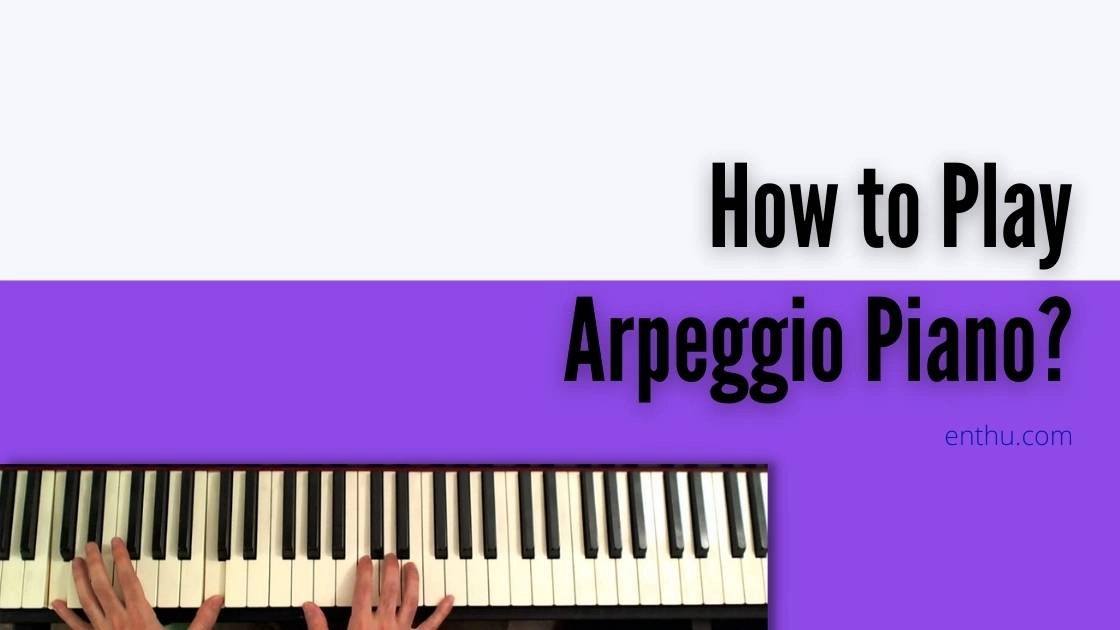



Comments